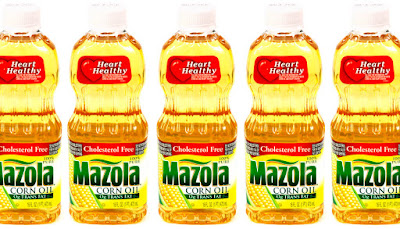TRAPPED CHOLESTEROL MAY EXPLAIN PSORIASIS AND HEART DISEASE LINK
Individuals with autoimmune illness go to high risk of developing heart disease, although they do not appear to target the cardio system straight. Currently researchers are beginning to understand why.
A research study with mice that had a psoriasis-like problem revealed their capillary were rigid. Cholesterol normally distributes freely in between the blood and the cells, but in these mice the stringent vessel wall surfaces caught cholesterol, advertising plaques that can cause cardiac arrest and strokes.
cara bertaruh judi slot online yang benar
"For years it is been known that the capturing of cholesterol owns illness, and currently we have a system for how certain immune responses typical of autoimmune illness might make that even worse," says elderly writer Gwendalyn Randolph, teacher of immunology and a teacher of medication at Washington College in St. Louis.
"In the computer mouse, the indications of heart disease scarcely occurred when we neutralized these immune elements. In individuals, it is hard to be certain, but we would certainly anticipate it would certainly be avoidable, too," Randolph says.
FOLLOW THE FLUORESCENCE
Individuals with psoriasis and lupus are 2 to 8 times more most likely to experience a cardiac arrest compared to individuals without these illness. For young and middle-aged grownups with rheumatoid joint inflammation, heart disease is the top reason for fatality.
Spots of red, enlarged, flaky skin define psoriasis. The enlarging is partially because of an extra of collagen, the main healthy protein in connective cells such as skin and blood vessels—and also the key component in some beauty items designed to plump lips and remove creases.
In individuals with psoriasis, the extra collagen isn't restricted to the breakout area; it can be found in relatively normal, healthy and balanced skin, too.
Scientists thought that the wall surfaces of capillary also may be webbed with too a lot collagen. They produced a light-sensitive form of high-density lipoprotein (HDL)—the molecular bring situation for cholesterol—that fluoresces when hit with a laser beam, and inserted it right into mice. They after that caused a psoriasis-like illness in the mice by painting their ears with imiquimod, an inflammatory substance that activates the same kinds of immune cells that contribute in human psoriasis.
By following the fluorescent cholesterol provider, the scientists could see that HDL cholesterol was postponed in leaving the blood stream in the mice that received the substance. This held true not just in the skin, but in interior arteries close to the heart. Additionally, the skin and capillary were more largely interlaced with collagen and more immune to extending.
Further, when the scientists fed mice a high-cholesterol diet for 3 weeks while also painting their ears, the mice in the speculative psoriasis team developed significantly bigger cholesterol down payments in their capillary.



